I started my sustainability project with a theme, "Grow What You Can Eat." It was my hope to use natural free resources water and solar energy to live a more sustainable lifestyle. Though the progress may be slow, I am proud to see the changes that my neighbors and other communities have made in realizing the value of this global issue to be solved by each one of us. As a specialist in the education and implementation of water conservation and rain water harvesting, we all should take small steps with end goal of someday achieving total sustainability.
Engineered Garden
Venkappa Gani
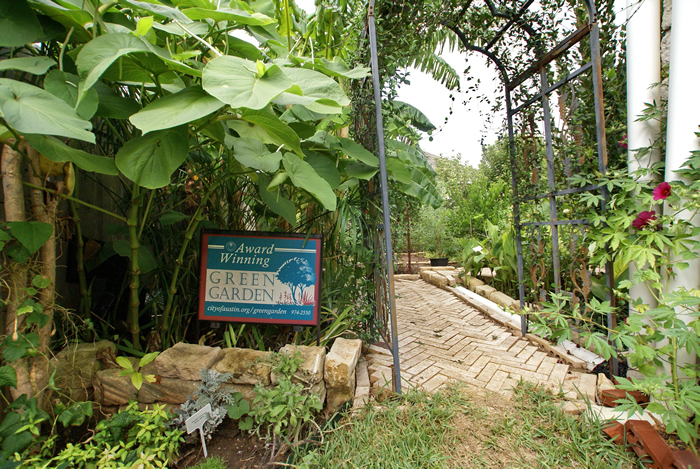
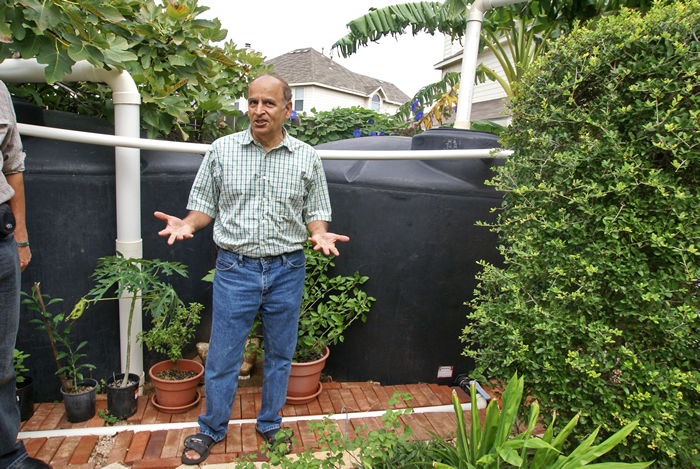
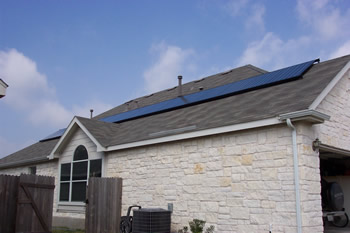 |
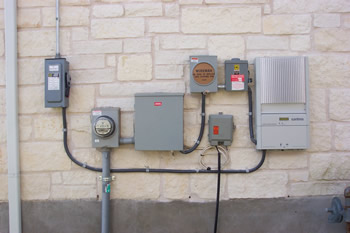 |
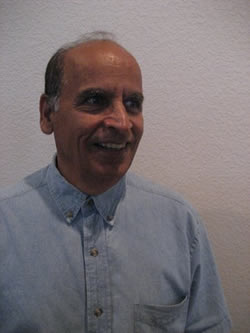 the City of Austin asked me to lead a project to build an educational rain water harvesting system for the public to help educate residents and consumers. I helped build the system with other master gardeners, and today the rain water harvesting system at Zilkar Botanical, “the Jewel in the Heart of Austin,” is open year-round to the public. In 2005, I received the “Gardener of the Year” award from the Texas Master Gardeners organization for my contributions to rain water collection and education to the public. In 2009, my garden was the focus of a broadcast segment on KXAN, the Austin NBC affiliate.
the City of Austin asked me to lead a project to build an educational rain water harvesting system for the public to help educate residents and consumers. I helped build the system with other master gardeners, and today the rain water harvesting system at Zilkar Botanical, “the Jewel in the Heart of Austin,” is open year-round to the public. In 2005, I received the “Gardener of the Year” award from the Texas Master Gardeners organization for my contributions to rain water collection and education to the public. In 2009, my garden was the focus of a broadcast segment on KXAN, the Austin NBC affiliate.The content & opinions in this article are the author’s and do not necessarily represent the views of AltEnergyMag
Comments (0)
This post does not have any comments. Be the first to leave a comment below.
Featured Product

